When you pick up a prescription, you might see two options: the familiar brand-name pill in its colorful packaging, or a small, plain tablet with a generic label. The price difference is staggering. One might cost $150. The other, $6. You’re not imagining things. Generic medications really do cost far less-and the reason isn’t magic, it’s math.
Same Medicine, Different Price Tag
Generic drugs aren’t knockoffs. They’re not cheaper because they’re weaker, older, or made in lower-quality factories. The FDA requires them to have the exact same active ingredient, strength, dosage form, and route of administration as the brand-name version. They must work the same way in your body. They must be just as safe and effective. In fact, the FDA says 9 out of 10 prescriptions filled in the U.S. are for generics-and most of those work just as well as the brand.So why the price gap? It’s because generic manufacturers don’t have to start from scratch. When a brand-name drug is first developed, the company spends years and often billions on research, clinical trials, and regulatory approvals. That’s where most of the cost goes. Once the patent expires, other companies can make the same drug without repeating those expensive steps. All they need to prove is that their version is bioequivalent-meaning it gets into your bloodstream at the same rate and amount as the original. That’s it. No need for new clinical trials on thousands of patients. That cuts costs dramatically.
Competition Drives Prices Down
The real price drop happens when more than one company starts making the same generic. When only one generic is on the market, prices might still be high-say, 30-40% of the brand. But as soon as two or three more companies jump in, prices tumble. The FDA found that after three years of competition among three or more generic makers, prices fall to about 15-20% of the original brand price. And if five or six companies are making it? You could be paying less than 10%.Take lurasidone, a drug used for schizophrenia. When the brand version, Latuda, was the only option, a 30-day supply cost around $1,400. Once generics entered the market, that same dose dropped to under $60. That’s a 96% price drop. Pemetrexed, used for lung cancer, fell from $3,800 per month to $500. These aren’t outliers. They’re the rule.
That’s why generics saved Americans $408 billion in 2022 alone. Over the last decade, that number adds up to $2.9 trillion. That’s money that stayed in patients’ pockets and out of insurance premiums.
What You Pay at the Pharmacy
The difference shows up clearly in what you pay out of pocket. The average copay for a generic drug is $6.16. For a brand-name drug? $56.12. That’s nearly nine times more. And 93% of generic prescriptions cost less than $20. Only 59% of brand-name prescriptions do. For common conditions like high blood pressure, depression, or weight loss, generics often cut costs by more than half. Some erectile dysfunction meds, for example, can be bought for as little as $18 a month as generics-versus $200+ for the brand.But here’s the catch: not all generics are created equal in price. Some generic versions of the same drug are priced much higher than others. A 2022 study in JAMA Network Open found that certain high-cost generics were 15 times more expensive than other generics for the same condition. Why? Sometimes, pharmacy benefit managers (PBMs)-the middlemen between insurers and pharmacies-push higher-priced generics onto formularies because they earn more from the difference between what they pay the pharmacy and what they charge the insurer. This is called “spread pricing.” It’s legal, but it’s not always in your best interest.
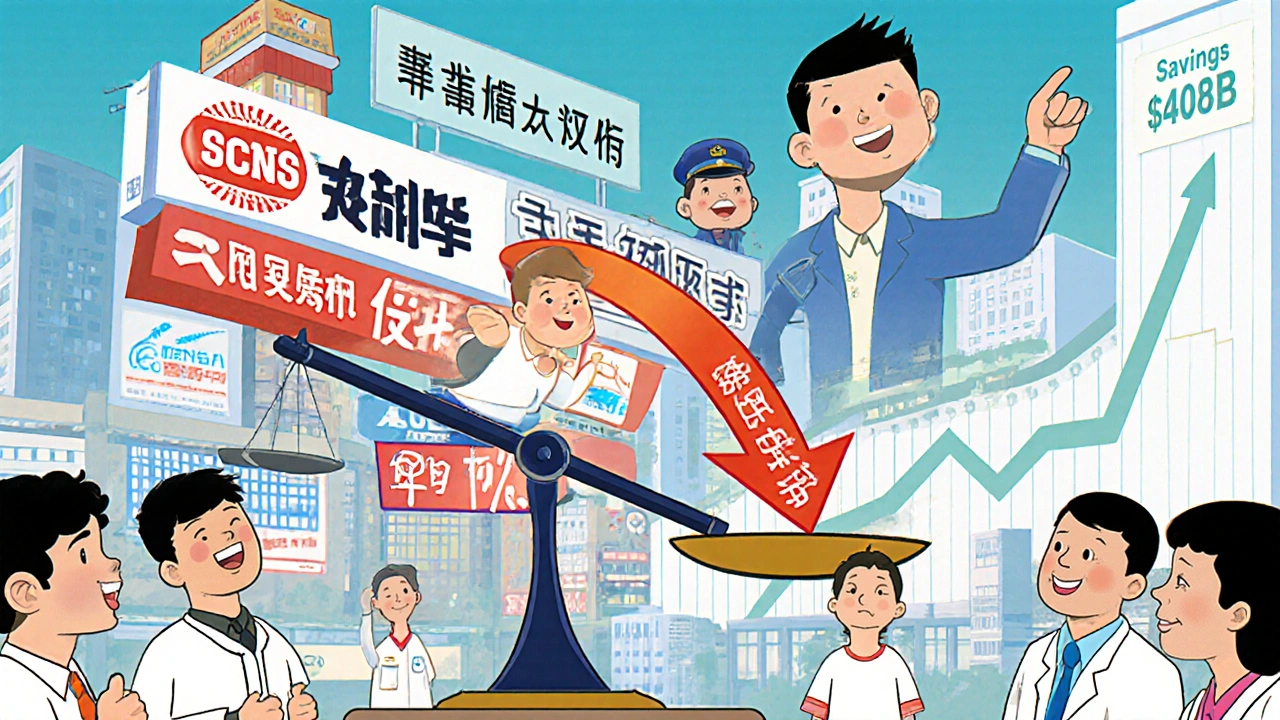
How to Get the Best Deal
You don’t have to just accept whatever price your pharmacy gives you. You can shop around. Many people assume using insurance is always cheaper. But that’s not true. A 2023 study found that 78% of people with high-deductible plans saved more by paying cash for generics than using their insurance. Tools like GoodRx and SingleCare let you compare prices at nearby pharmacies in seconds. You can often find the same generic for $5 at Walmart or Costco, even if your insurance copay is $20.Here’s how to save:
- Ask your doctor to write your prescription without “dispense as written”-this lets your pharmacist substitute a generic if one is available.
- Use free price-comparison apps like GoodRx before you leave the pharmacy.
- For maintenance medications (like blood pressure or diabetes pills), consider mail-order pharmacies-they often offer 90-day supplies at lower rates.
- If you’re uninsured or on a high-deductible plan, pay cash. Sometimes the cash price is lower than your insurance copay.
A study in JAMA Internal Medicine found that patients who actively compared prices saved an average of $287 a year just by shopping around. That’s not pocket change.
When Generics Aren’t the Cheapest Option
Even with all the savings, there are blind spots. Some expensive generics are priced higher than their brand-name counterparts-yes, really. This happens when there’s little competition or when the manufacturer controls supply. In Colorado, replacing just 45 high-cost generics with cheaper alternatives saved $6.6 million in a single year. That’s why it’s smart to ask: “Is there a cheaper generic version of this?”Also, some generics aren’t available at every pharmacy. A 2023 study found that the Mark Cuban Cost Plus Drug Company offered lower prices on 74% of expensive generics-but only carried 26% of them. Shipping delays can be a problem too. And if you’re elderly or not comfortable using apps, you might need help comparing prices.

The Bigger Picture
Generics aren’t perfect. Supply chain issues, manufacturing shortages, and patent tricks by brand-name companies can delay competition. The FDA tracks over 200 “at-risk” generic drugs that could face shortages, which can spike prices temporarily. And while the Inflation Reduction Act is helping Medicare patients access lower-cost generics and biosimilars, the system still has gaps.But the core truth remains: generic drugs are the most powerful tool we have to lower drug costs. They’re not a compromise. They’re the same medicine, at a fraction of the price. And with more patents expiring every year-including for blockbuster drugs like Humira and Enbrel-those savings are only going to grow.
If you’re paying more than $20 for a generic, you’re probably overpaying. Ask questions. Compare prices. Don’t assume insurance is the cheapest route. The system rewards those who know how to navigate it-and you don’t need a degree in pharmacology to do it.
What’s Next?
Biosimilars-generic versions of complex biologic drugs-are starting to enter the market. These are expected to save another $150 billion between 2023 and 2027. That means even more affordable options for conditions like rheumatoid arthritis, Crohn’s disease, and cancer.Right now, 90% of prescriptions are for generics. But only a small fraction of people know how to get the lowest possible price. That’s the real gap-not in the medicine, but in the knowledge.
Are generic drugs as effective as brand-name drugs?
Yes. The FDA requires generic drugs to have the same active ingredient, strength, dosage form, and performance as the brand-name version. They must be absorbed into the body at the same rate and amount. Studies show they work just as well in real-world use. Over 90% of prescriptions in the U.S. are for generics because they’re proven safe and effective.
Why do some generics cost more than others?
Price differences happen because of competition-or lack of it. If only one company makes a generic, they can charge more. Once more manufacturers enter the market, prices drop. Sometimes, pharmacy benefit managers (PBMs) push higher-priced generics onto insurance formularies because they earn more from the spread between what they pay and what they charge. Always compare prices using tools like GoodRx.
Should I always choose the cheapest generic?
Generally, yes. But if you’ve had a bad reaction to a specific generic brand in the past, talk to your doctor. Some people notice slight differences in fillers or coatings, which can affect how the drug feels in the body-even if the active ingredient is identical. If you’re stable on one brand, switching isn’t always necessary. But if you’re paying more than $20 for a common generic, you’re likely overpaying.
Is it better to use insurance or pay cash for generics?
It depends. For people with high-deductible plans, paying cash is often cheaper. Many pharmacies offer cash prices for generics as low as $4-$10 for a 30-day supply. Insurance copays can be higher, especially if the drug isn’t on the plan’s preferred list. Always check both options using price-comparison tools before you pay.
Can I trust generic drugs from other countries?
No. The FDA only approves generics made in U.S.-regulated facilities or those that meet U.S. standards. Drugs bought online from overseas may be counterfeit, expired, or improperly stored. Stick to U.S. pharmacies or verified mail-order services like the Mark Cuban Cost Plus Drug Company. Never buy from unverified websites.
Will my doctor prescribe a generic if I ask?
Most doctors will. They’re trained to prioritize cost-effective care. When you ask, “Is there a generic version?” or “Can we switch to a cheaper option?”, you’re helping them make the best choice for your budget. Some drugs don’t have generics yet, but for most common conditions, they do.

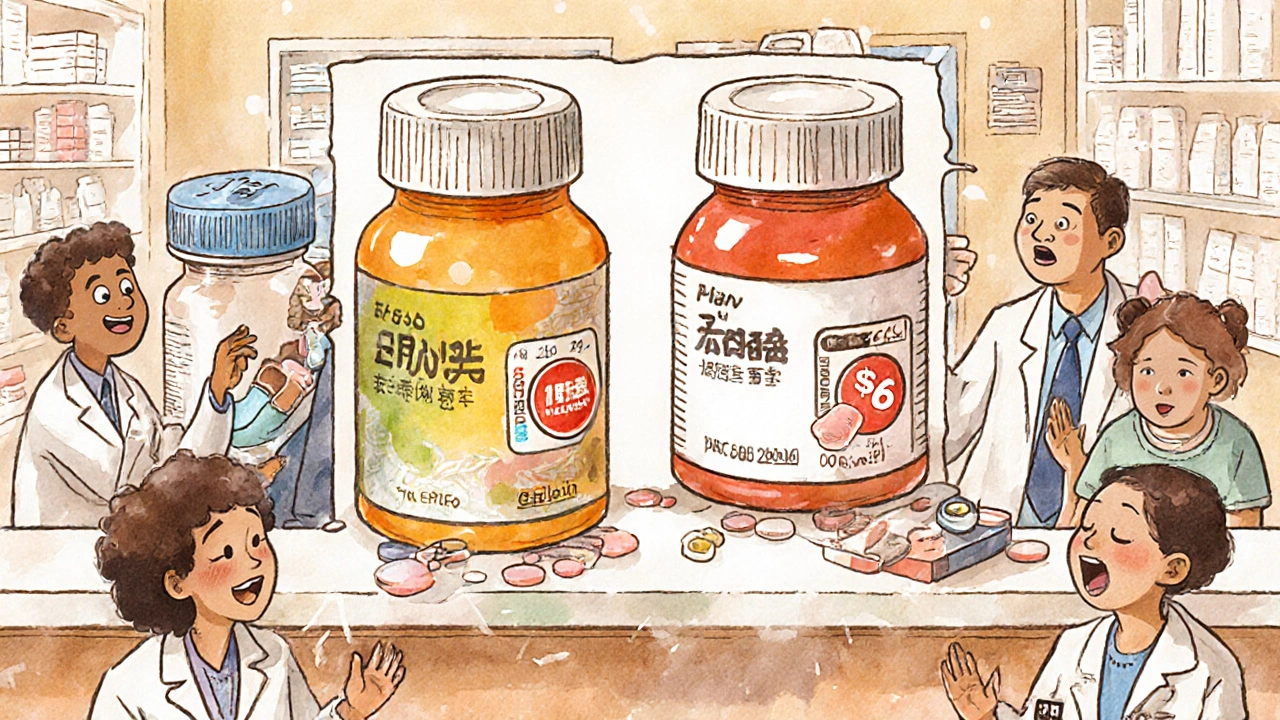
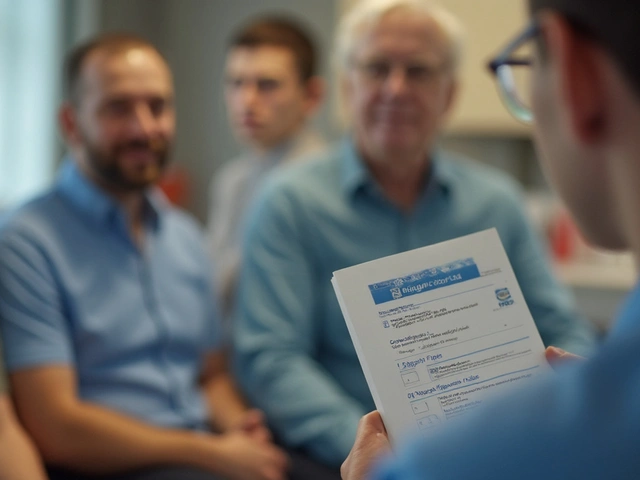
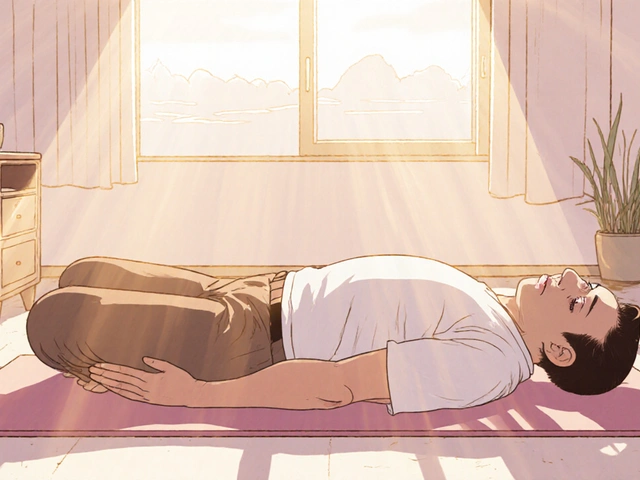
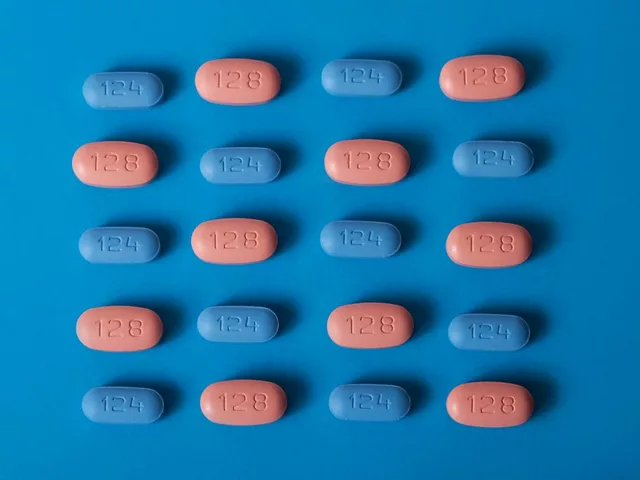


Laurie Sala
November 21, 2025 AT 20:45Why do I always feel like I’m being scammed?? I paid $22 for my generic blood pressure med last week-SAME THING as the brand, same bottle, same pills-but my insurance said it was $40?? I called the pharmacy, they said ‘it’s the PBM’… I hate this system. I’m not even mad, I’m just… exhausted.